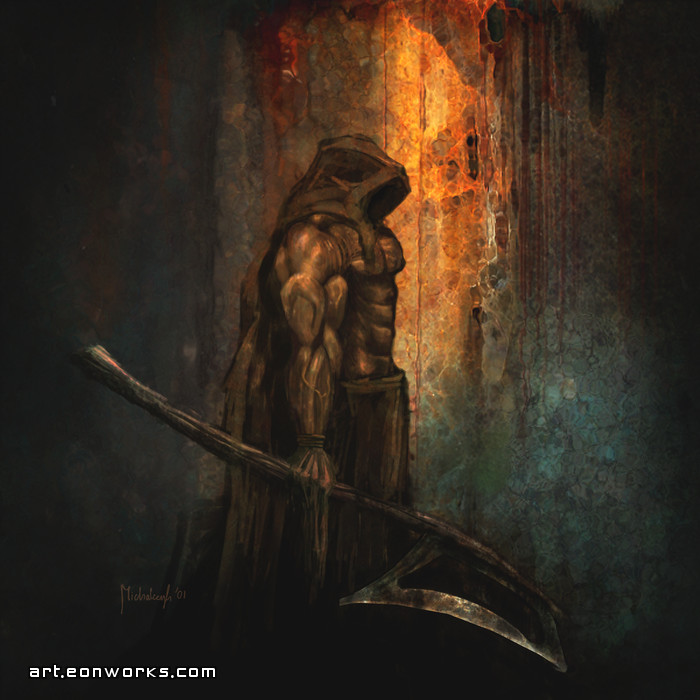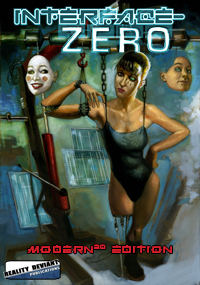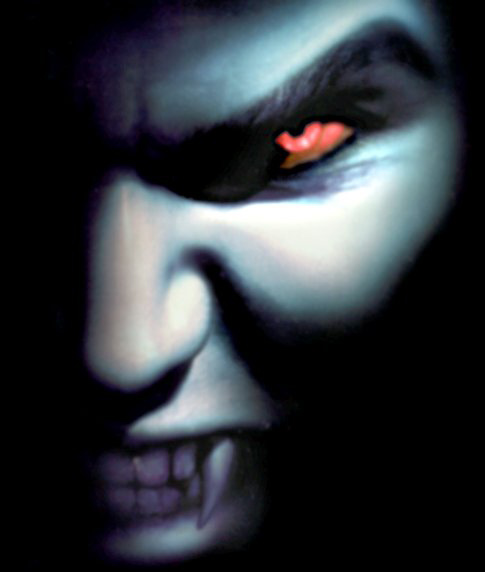(Disclaimer: I'm not sure if this is a review, a fanboy gushing, or what it is. I just hope that it sheds some light on to what exactly Modern20 is)
A while back I did a little post about modern20. You can find it
here. The more I look at these rules the more I like what I see. I thought I would take a little time to dive a little deeper into just what makes this game tick. And what is different about it and D20 modern. (Quotes from the Modern20 book will
be in gold
Chapter 1 character creation:
Right out of the box this set of rules differ from D20 modern at Chapter 1 character creation. And truthfully this is where the meat and potatoes of the changes are at. And will be the focus of today's post. In Modern20 you choose a class. The classes were fairly broad allowing you to find one that would encompass the character you planned on playing.
In Modern20 your character First chooses his background, Where did he grow up? what kind of lifestyle did he come from? Was it blue collar, white collar, or academic? There are 16 backgrounds to choose from all together. With room to come up with a few yourself if needed. "Backgrounds provide a basic level in skills and a base amount of Wealth."
Your next choice to make is your occupation. There are 33 occupations to choose from. And again there is room to create more if they are needed for your setting. "Occupations can be changed several times over the course of your career and provide Wealth, skill access, feat access, improved feats and perks."
Next you choose a hobby. This is something your character doe in his spare time away from profession and adventuring. "Hobbies provide a basic level in a single skill."
Next is your characters class. Like d20 modern these are very broad classes. Made with a lot of wiggle room to provide a lot of flexibility within each class. These classes are:
Powerhouse
"Powerhouse characters are the enforcers, those who specialize in taking the fight to their enemies. In many organizations, Powerhouse and Tank characters comprise the “front line”, with Powerhouse characters specializing in expanding influence, while Tank characters specialize in protecting and consolidating any gains."
Speedfreak
"Speedfreak characters are combat oriented, but use their high Defense and enhanced mobility to great effect, attacking where their opponents least expect it."
Tank
"The Tank specializes in sucking up damage. He can take hits that would fell even other combat-oriented characters and come back for more."
Brainiac
"Brainiac characters are thinkers. They are able to master more skill types than any other character class. Brainiac characters are not great fighters but they aren’t completely useless in a fight either."
Empath
"Empaths are always in touch with their surroundings, making them excellent healers and outdoorsmen. They also have the best saving throws of any class, because they are centered and calm in the face of dangers of all types."
Star
"Stars live the good life. They may not be a “star” in the sense of a famous performer but wherever the Star works, he is, well, a Star."
These six core classes cover just about every character type. There is of course rules for multiclassing as well making for a lot of wiggle room when it comes to making the character you want to play. This eliminated the need for basic, advanced and prestige classes. On that same note the core of the rules are still d20. I'm sure if you really wanted some form of advanced or prestige classes you could fit them in with a little house ruling.
The skill list has been streamlined. Its neat and trim with several changes. Some skills were rolled into other skills, others were changed, And even a few new ones added. My favorite part about the skill system is perks.
"Opposed skill checks are gone, replaced with targeted".
Perks are a lot like abilities and specializations you gain access to for being skilled and experience in the given area. Like the skill engineering. Perks could give you further knowledge of electrical, structural, or mechanical engineering. Another example of perks is in using weapon skills. Yes weapon skills were added too, but not like you might think. Being skilled with firearms will allow you to know your weapon better. While weapon proficiency and BaB determines how well you shoot. Firearm skill determines your penalty for multiple shots, penalty for tricky shots, weapon repair, and general knowledge. Perks in firearm gives you access to special attacks like double tap, called shot, and effective burst fire.
The combination of skill and perks system also take a great framework for psionics and magic. With psionics your skill determines your ability to control and understand your powers. And perks must be taken for each type of psionic power. With magic its the same but each perk buys you a new spell. And the level of spells you can learn is limited by your skill level.
There is still a lot left that can be covered like allegiances, reputation, how wealth works differently.
But I think that will have to do it for now.
































